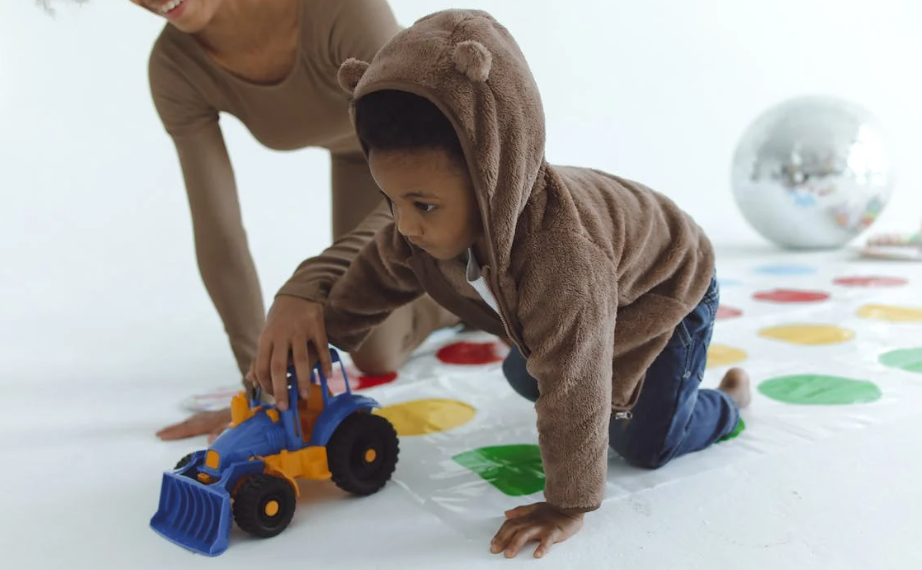The Magic of Human-Animal Bonds
From the loyal dog that greets you at the door to the purring cat curled up on your lap, animals have a way of weaving into the very fabric of our lives. Their unconditional love, keen instincts, and genuine responses have often been celebrated in literature, art, and everyday moments.
But there’s a dimension to this bond that goes beyond companionship: the therapeutic potential animals hold for humans. What does this really entail? Here is a perfect moment to take note of their qualities for people in need of tangible therapy support.
Animal-Assisted Therapy: An Overview
Animal-assisted therapy (AAT) isn’t just a modern trend. Historically, animals have been used in therapeutic settings, offering solace, comfort, and tangible health benefits. The premise is simple yet profound: Interactions with animals can facilitate healing, reduce stress, and improve overall well-being.
Whether it’s horses, dogs, cats, or even rabbits, each animal brings a unique set of attributes to the therapeutic arena, catering to a diverse range of needs.
Tailored Therapies for Unique Needs
For many children facing challenges, navigating the world can be an overwhelming journey. This is especially true for children on the autism spectrum. They often grapple with social interactions, sensory processing, and expressing emotions. Here, tailored interventions can make all the difference.
In the realm of tailored support, embracing avenues like autism-focused animal therapy offers a transformative experience. Interacting with animals provides these children with a non-judgmental space. The animals, with their intuitive nature, often resonate with the children’s emotions, acting as a bridge between the child and the external world.
Benefits Beyond Words
So, why do animals hold such therapeutic promise, particularly for children with autism? Thanks to a range of studies on the topic, we have some insights into the benefits that they provide.
- Unspoken Understanding: Animals communicate beyond words, which can be incredibly reassuring for children who struggle with verbal expression.
- Sensory Stimulation: Gentle petting or even just watching fish swim can be soothing for children with sensory sensitivities.
- Boosted Confidence: Successfully interacting with an animal can be a massive confidence boost, offering a sense of accomplishment.
- Improved Social Skills: Animals often act as icebreakers, facilitating interactions with therapists or peers in group settings.
If you’re intrigued by the science and stories behind these therapeutic interactions, diving into the emotional dynamics of AAT can shed light on this beautiful synergy between humans and animals.
Moving Forward: Embracing Animal-Assisted Therapies
While the therapeutic world offers a plethora of interventions, the gentle nudge of a dog’s nose or the soft neighing of a horse brings a unique kind of magic. For families and children traversing the challenges of autism, animals might just offer the understanding and support they’ve been seeking.
Closing Thoughts
In conclusion, as we explore the multifaceted world of therapies and support systems, it’s essential to remain open to unconventional avenues. Sometimes, the most profound healing and understanding come from the most unexpected sources. And in the realm of therapy, animals, with their unspoken wisdom, hold a promise that’s waiting to be unearthed.

